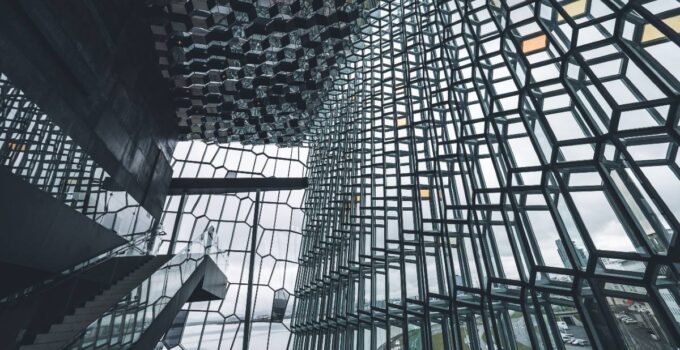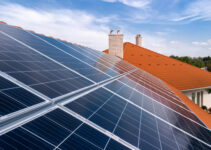Metal has long been a popular material choice for commercial architecture, thanks to its durability, versatility, and aesthetic appeal. From towering skyscrapers to sleek office buildings, metal can be found in all manner of commercial construction projects. In recent years, however, there have been a number of exciting innovations and trends in the world of design that are changing the face of commercial architecture.
Page Contents
Sustainable Metal Supply
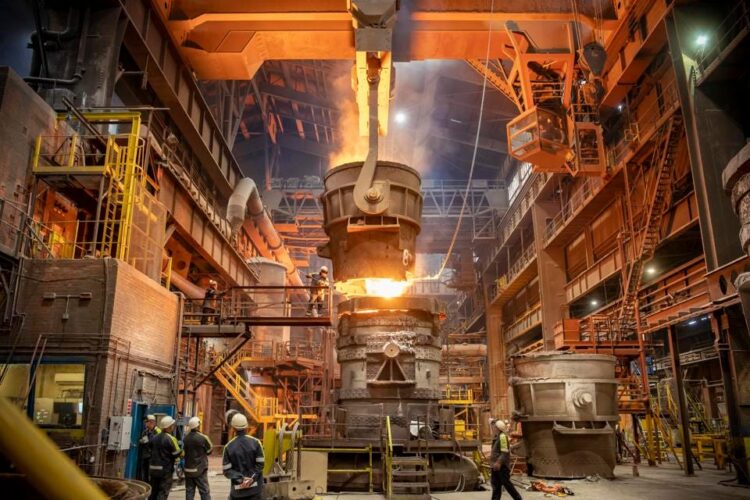
Source: forbes.com
One major trend that has emerged in recent years is a focus on sustainable metal supply chains. As more and more companies embrace environmentally-friendly practices, architects are looking for ways to incorporate sustainable materials into their designs. This includes sourcing metals from suppliers who use eco-friendly production methods and prioritize recycling and waste reduction.
New Alloys
Another exciting development in the world of metal design is the development of new alloys that offer improved strength, durability, and corrosion resistance. For example, some new alloys are designed specifically for use in marine environments where saltwater corrosion can be a major issue. Others are engineered to be lightweight yet strong enough to support large structures like bridges or high-rise buildings.
Customizable Finishes
In addition to new alloys and sustainable supply chains, there has also been an increase in customizable metal finishes. Architects can now choose from a wide range of colors, textures, patterns, and even holographic effects when designing with metal. This allows them to create truly unique designs that stand out from the crowd.
Prefabricated Construction
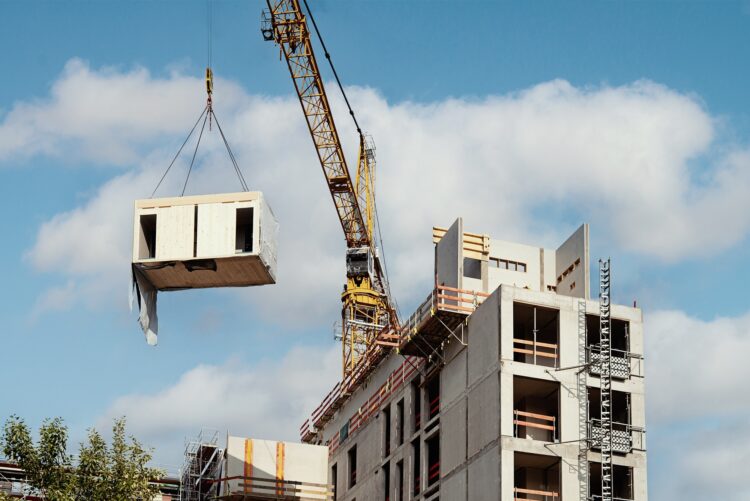
Source: youtube.com
Prefabricated construction is another trend that is gaining popularity in commercial architecture. This involves fabricating building components off-site before assembling them on-site. Not only does this save time during construction but it also reduces waste and minimizes disruption to neighboring businesses during the building process.
Metal Mesh Facades
Metal mesh facades are becoming increasingly popular as well. These facades consist of interwoven metallic strands that create a semi-transparent outer layer for buildings. They offer several benefits including improved energy efficiency by controlling solar gain while still allowing natural light inside.
Interior Design
Another trend in commercial architecture is using metal not just on the exterior but also in interior spaces. This includes decorative finishes on walls, ceilings, and floors as well as furniture made from materials like brass or copper. These elements can add a touch of industrial chic or modern elegance to any space.
Biophilic Design
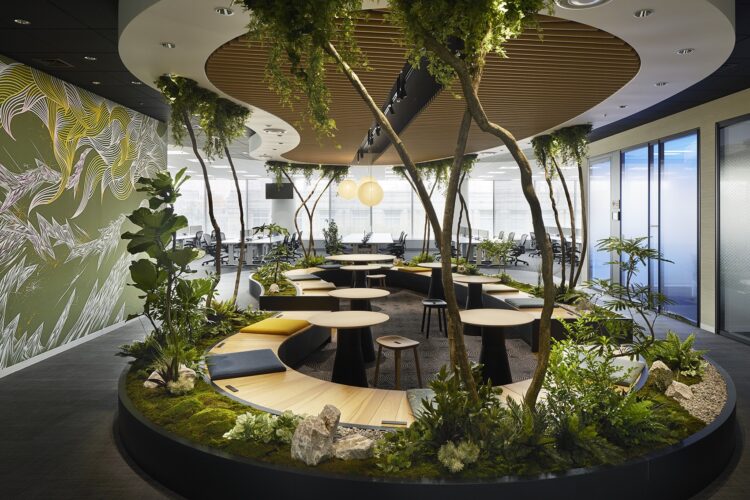
Source: freepik.com
Biophilic design is a trend that emphasizes incorporating natural elements into the built environment. In commercial architecture, this often means using this material in combination with plants, water features, or other natural materials. For example, architects may use perforated screens as green walls to create living facades that help purify the air while providing shade and privacy.
Conclusion
As you can see, there are many exciting trends and innovations happening right now in the world of commercial architecture using metal supply chains. From sustainable sourcing practices to new alloys with improved properties such as strength or corrosion resistance; from customizable finishes to prefabricated construction techniques; from creative uses of mesh facades – architects have more options than ever when designing with metal. We look forward to seeing even more creative uses of this versatile material as designers continue pushing boundaries in search of innovative solutions that will shape our cities’ skylines for years to come!

